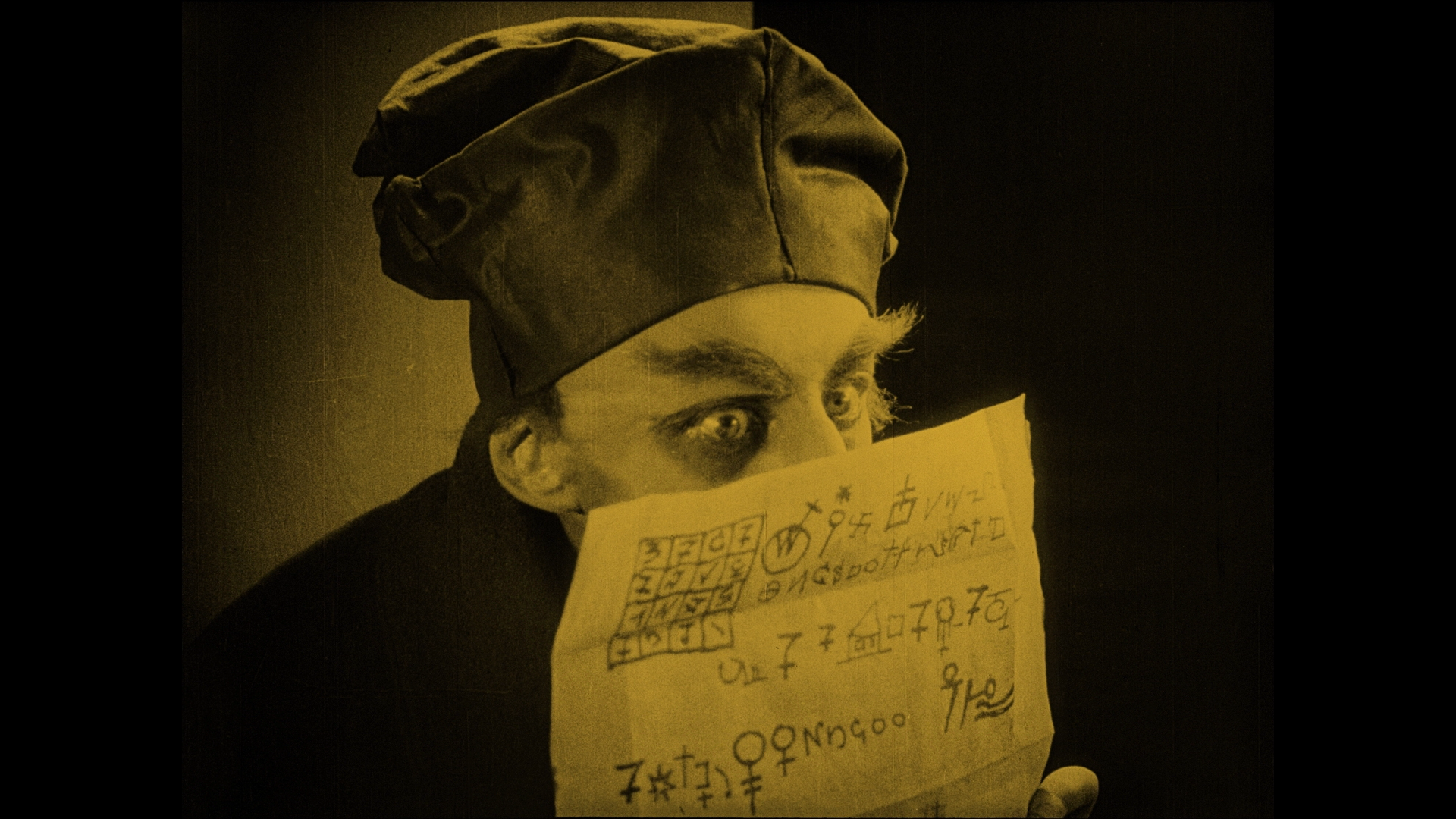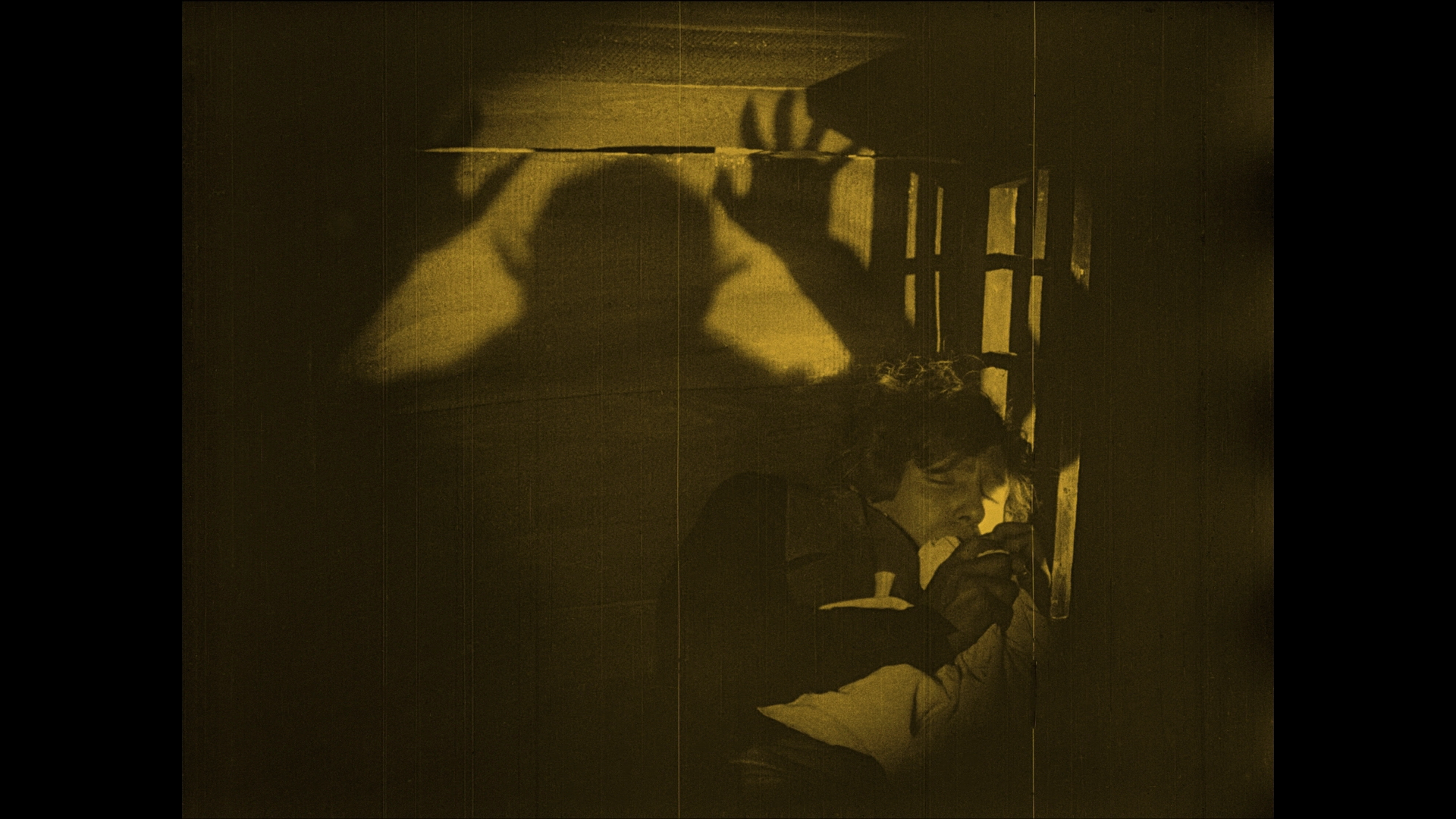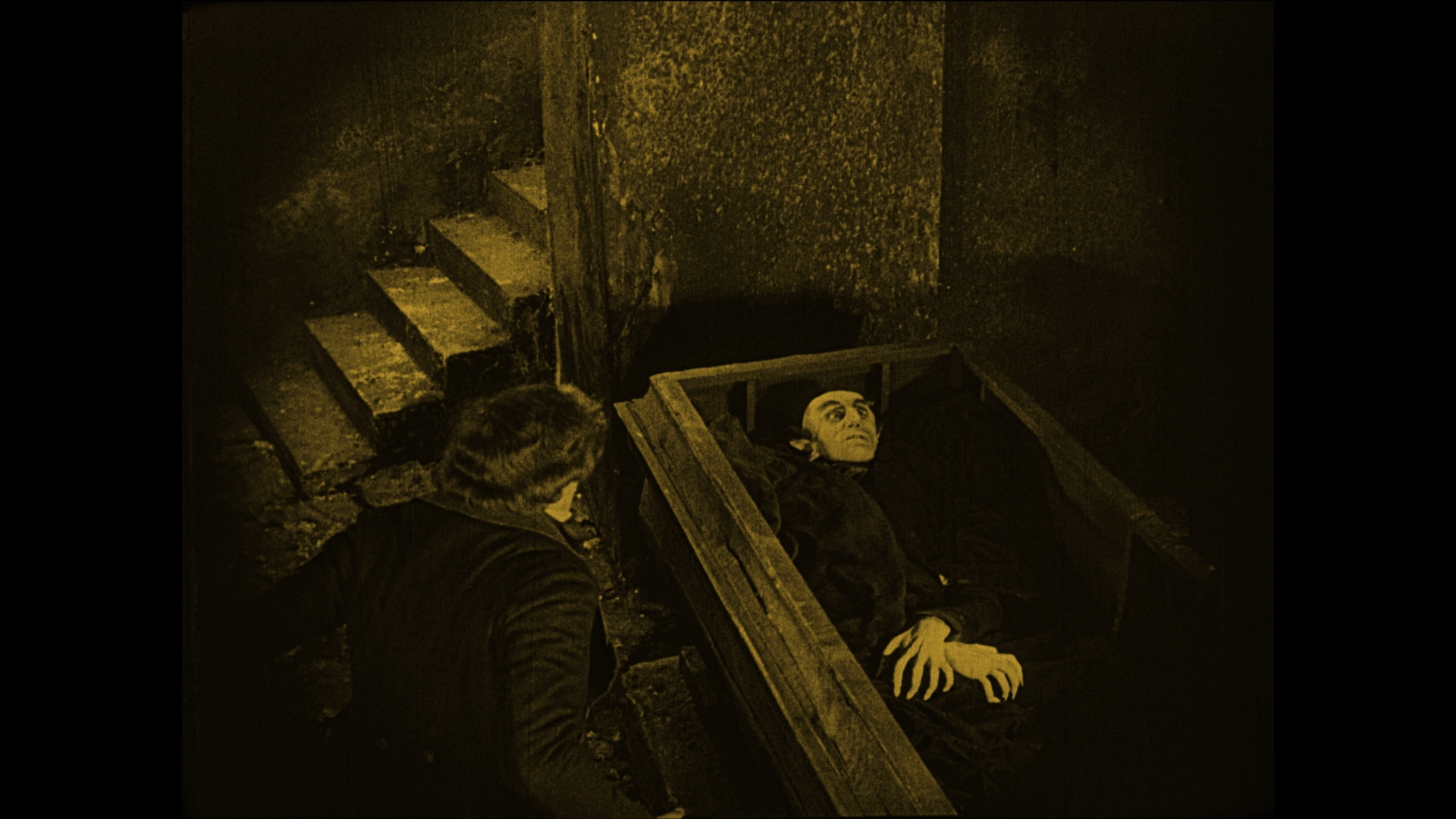
Get to Know the Original ‘Nosferatu’ Ahead of Robert Eggers’s Remake

This holiday season may be even more hotly anticipated by horror fans than Halloween. That’s because Christmas day will see the release of Robert Eggers’ Nosferatu, starring Bill Skarsgard, Willem Dafoe, Lily-Rose Depp, and Nicholas Hoult. Following the critical acclaim and success of The Witch and The Lighthouse, American auteur Eggers is a most fitting candidate to revamp (no pun intended) this highly influential piece of cinema. Judging by the teasers, his Nosferatu will be cloaked in his signature exsanguinous palette and filled with slowly building dread. What is sure to be Eggers’s next masterpiece would not exist, however, without its source material, F.W. Murnau's 1922 silent film of the same name.
The story of the original Nosferatu is very much a vampire story itself. In 1921, after being refused the rights to Bram Stoker’s Dracula, German film producer Albin Grau refused to surrender and started production on an unauthorized adaptation, which was named Nosferatu to help differentiate the film from the book. Despite several changes to the story, Stoker’s estate filed a lawsuit for copyright infringement, resulting in a court ruling that all copies of Nosferatu be destroyed. But like a vampire rising from the ashes, one copy survived and made its way to the US, where Dracula was already in the public domain. It is because of this one print that Nosferatu has endured for the last century, as immortal as its titular character (but hopefully more resilient to sunlight). The world of cinema is forever grateful for Grau’s perserverence, because Nosferatu changed the art of film and filmmaking forever.

The movie is historically significant for a slew of reasons. It’s widely considered to be the first film that truly gave people nightmares, setting a new bar for the then-nascent horror genre. It’s also a prime example of German Expressionism, an art movement that rejected reality in favor of fantasy as a means of representing human emotion. And then there’s the birth of the vampire film. Nosferatu was the first film to establish the way a vampire looks and moves on screen, and it pioneered the concept of death by sunlight (which didn’t even appear in Stoker’s Dracula). Without Nosferatu, there would be no The Lost Boys, Interview With the Vampire, Twilight, True Blood…the list goes on.
The original Nosferatu has also been influential well beyond film, from appearing in video games and SpongeBob SquarePants to inspiring Viktor & Rolf’s spring 2022 couture collection.
While the story is relatively straightforward—a real estate man and his wife fall prey to Count Orlok, who they suspect to be a vampire, after selling him property—every detail of how this story is told makes Nosferatu the most important vampire film ever made over 100 years after its initial release. From Murnau’s liberal use of shadow to the makeup and costume that transform a simple count into Nosferatu, the film achieved something utterly groundbreaking for its time and completely unforgettable in the history of cinema. See for yourself some of the most spellbinding images from Murnau’s Nosferatu below, then stream the full film in the best way possible on Kino Film Collection! Our edition is mastered in HD from a 35mm Restoration by the Friedrich Wilhelm Murnau Foundation and features an orchestral performance of Hans Erdmann's original 1922 score.




















